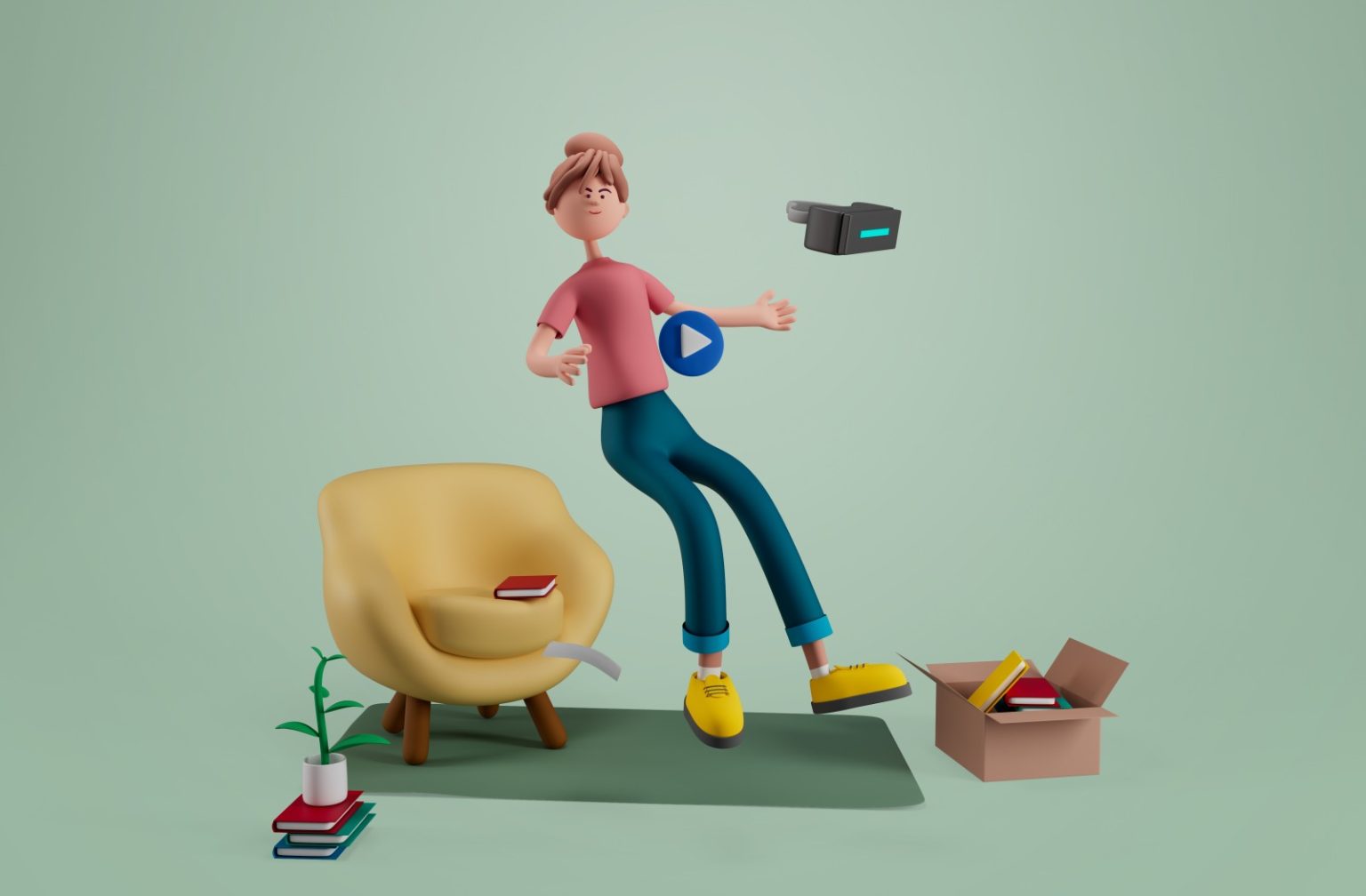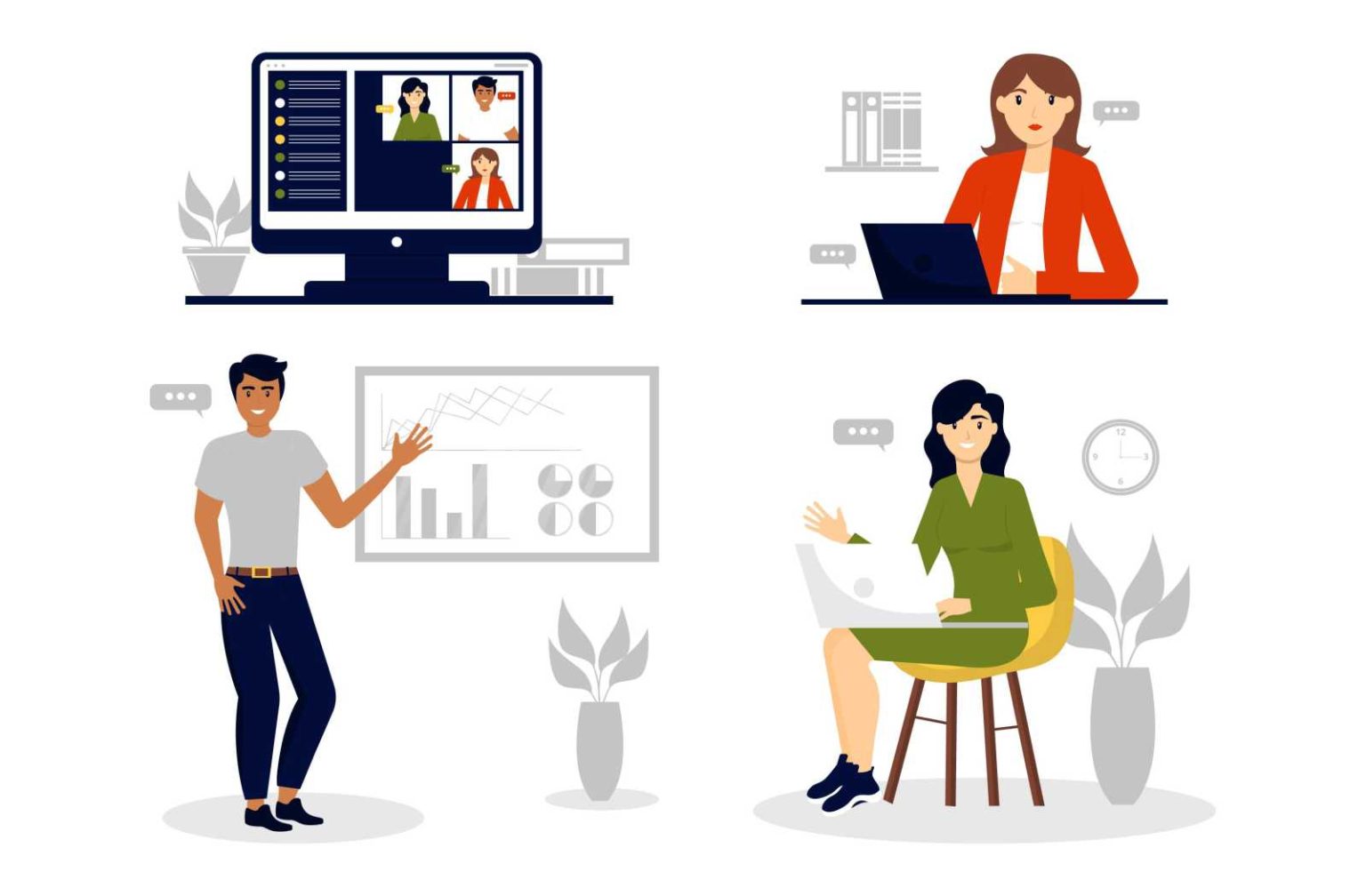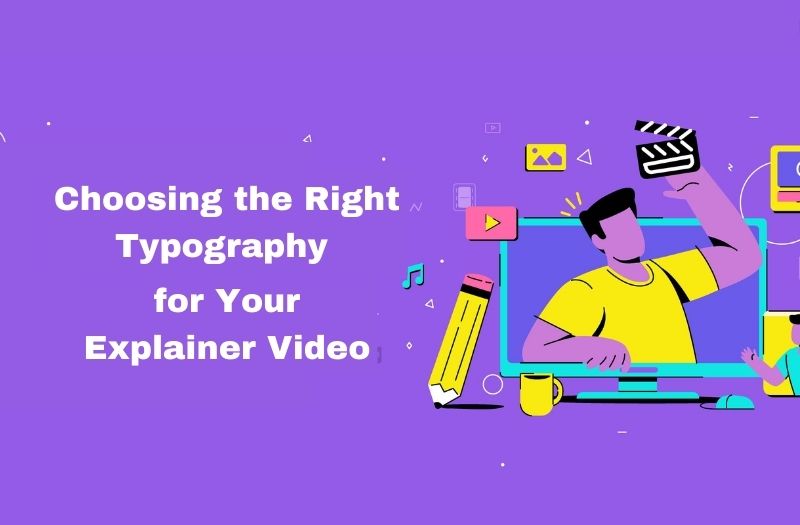A 3D explainer video is an animated video that is created by using three-dimensional illustrations and graphics to describe complicated concepts, products, or services in a visually appealing way. These videos are generated by using 3D modeling software to produce graphic representations of objects, and characters that can be viewed from numerous angles.
The main objective of a 3D explainer video is to communicate information of any product or services in the best possible manner that is both understandable and visually attractive. These videos can be utilized for different types of aims, such as marketing, advertising, training, and educational materials. For example, an organization might utilize a 3D video to determine and display how its product works, however an educational institution could take help of 3D explainer videos to describe a complex scientific concept in an easy way.
Basically, 3D explainers are effective tools for conveying convoluted ideas in an understandable, and attractive way that can attract and maintain the attention of the viewers.
Traditional Vs. 3D Explainer Video:
Traditional animation, also known as hand-drawn animation, requires drawing a series of images by hand either on paper or any digital device such as a tablet. Each and every single frame is designed by a professional artist, leading to a gentle and fluid motion when played back at a high speed. Although traditional animation videos can be difficult, time-consuming and laborious, it implements a high degree of creative direction and innovation.
On the other hand, 3D animation consists of designing a digital model of an object, character, and determining it in a digital space with the help of specialized software. The 3D model is then organized, lit, and animated to create a reasonable, three-dimensional scene. 3D animation permits for more complicated movements, different camera angles, and visual effects that are hard or impossible to accomplish with traditional animation videos.
The selection between traditional and 3D animation videos generally relies on the style and demands of the project. Traditional animation is basically used for such projects with a hand-drawn or simple animation style, however, 3D animation is typically used for projects needing a more current or realistic appearance.
3D Explainer Video Production Tips:
Creating high quality 3D videos consists of detailed strategy and attention to relevant information. Some tips to create attractive 3D explainer videos are discussed below;
1. Create a clear plan:
Before you start to create your 3D explainer, make a storyboard or script that defines the important points of your video including its characters, setting, and action. A clarified plan will support you to remain organized and make sure that your explainer video remains on track.
2. Use high quality 3D models:
The quality of your 3D illustrations can highly influence the entire look of your explainer video. Make sure that you use high-quality graphics that are accurately organized and arranged for animation.
3. Checked out lighting and shading:
Lighting and shading are important in producing a realistic looking 3D scene in an explainer video. Experiment with various types of lighting to make the preferred mood and use shading to include depth and dimension to 3D graphics.
4. Concentrate on camera movement:
Camera movement is necessary in producing a lively and strong 3D explainer video. Utilize a mix of uniform and moving clips to retain the viewer engaged, and try numerous camera angles to include interest and depth to your 3D clips.
5. Manage to details:
Small details can create a big difference in the whole appearance of your D explainer video. Manage small details including textures, shadows, and reflections to make an authentic looking scene.
6. Improve your rendering settings:
Rendering a 3D video can be time consuming, so it is crucial to improve your rendering settings to achieve the ideal outcomes in a short amount of time. Experiment with various settings to discover the right balance between quality and rendering time.
7. Outline your clips:
Before you begin producing a 3D explainer video, create an outline to plan out your clips and conceptualize how the 3D effect will improve your story.
8. Use a firm grip or stabilizer:
Camera movement can be diverting and awkward for viewers. Use a firm grip or a stabilizer to keep your camera movements gentle and natural.
9. Determine depth and composition:
Depth is an important component of a 3D video. Take enough time to determine depth and utilize it to produce effective and engaging clips.
10. Test your gear and settings:
Ensure your camera, lenses, and other accessories are working appropriately and test various types of settings to obtain the best results.
11. Devote in high quality equipment:
Utilizing high quality cameras and lenses can build a huge difference in the quality of your footage, particularly in 3D explainer videos where details matter.
12. Enhance post production:
Post-production is a crucial part of 3D explainer video production. Utilizing editing software to adapt the depth, color, and other components of your footage to improve the 3D effect and make a more captivating experience.
13. Prefer viewer comfort:
Prefer the comfort of viewers. 3D explainer video can be discomforting for some viewers, so assure your video is pleasant to watch and does not cause any annoyance or eye strain. Think about including breaks in your video or decreasing the amount of depth for a more pleasant viewing experience.
What is meant by 3D animation storytelling?
Using 3D animation in your explainer videos, you can produce attractive stories that grab the attention of your audience. To acquire this, start by building up your characters to create them responsive and engaging. Utilize visual storytelling approaches including color, lighting, and camera angles to communicate emotions and guide the attention of your target audience. Pacing is also an essential component, so combine slow and fast clips to make tension and keep viewers captivated. Furthermore, sound design can include depth and atmosphere to the story of your explainer video, so utilize different types of effects such as music, sound effects, and voice acting efficiently. In short, remain authentic to the story of your 3D explainer video and utilize 3D animation to improve it rather than divert from it.




